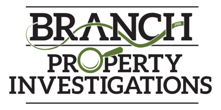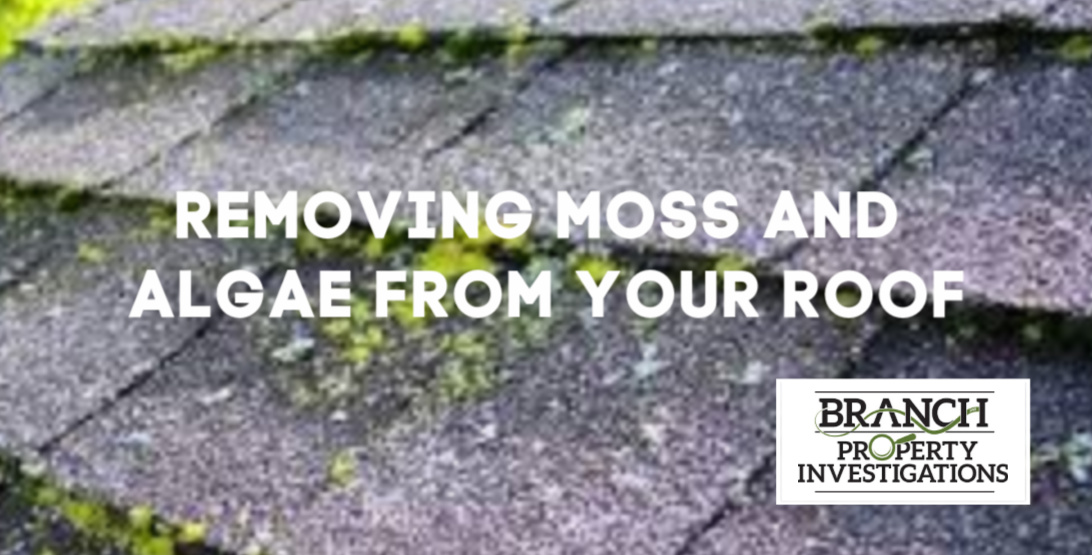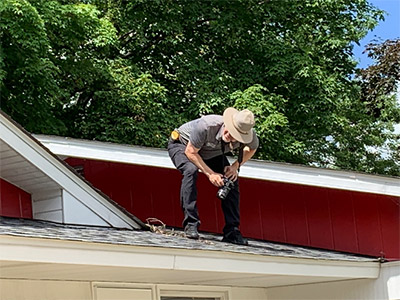 One important part of my job is inspecting the roof-covering system of a home. Yesterday, in Eagan, I encountered an issue fairly common in Minnesota due to our climate. I want to shed some light on the subject of how to remove moss and algae from your roof. (What we commonly call algae is not actually algae, but a type of bacteria called Cyanobacteria capable of photosynthesis.)
One important part of my job is inspecting the roof-covering system of a home. Yesterday, in Eagan, I encountered an issue fairly common in Minnesota due to our climate. I want to shed some light on the subject of how to remove moss and algae from your roof. (What we commonly call algae is not actually algae, but a type of bacteria called Cyanobacteria capable of photosynthesis.)
How do I know if I have a problem?
These bacteria or algae spores are transmitted through the air or carried by small animals. When they land on a surface, such as your roof, they cling to it and start to grow. On asphalt shingle roofs, algae begins to eat away at the lime filler on the asphalt shingles. For wood shake shingles, the algae begins to feed on the wood itself. Growth is most prevalent in shaded areas of the roof where dew evaporates less quickly.
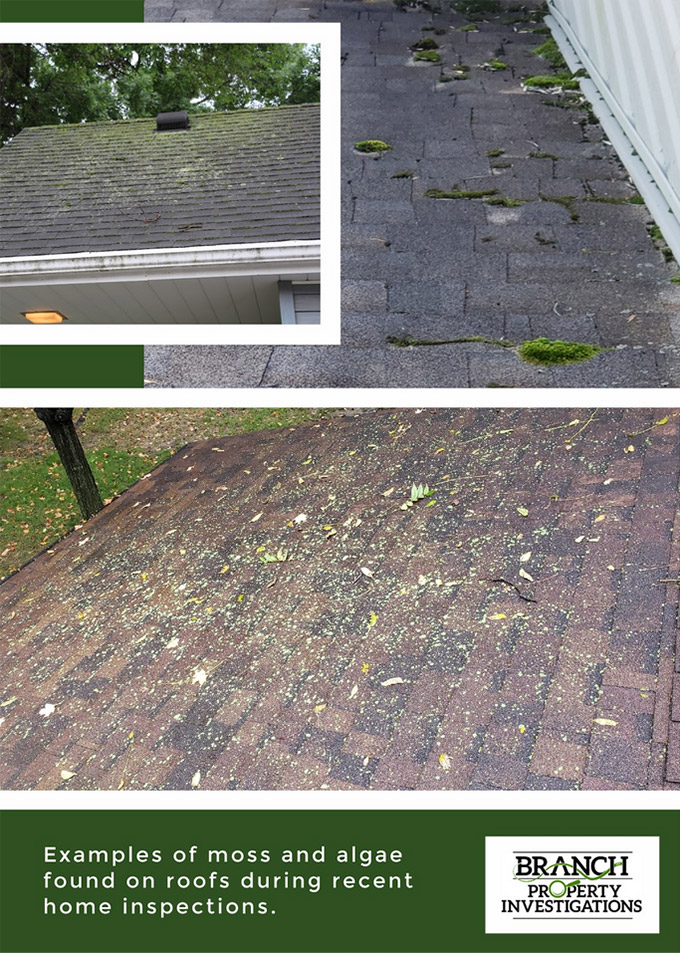
My roof has moss and algae, now what?
Once the algae growth becomes visible, the roof decay process is well underway. In order for your roof to last as long as possible, it’s vital that you address the algae growth as soon as you’re able to prevent it from spreading.
Algae on your roof can have a black tint; causing your roof to be stained or streaked. It can also look like green and white splotches. When you have a “stained” look on your shingles, it means that the algae is decaying. It has nearly completed its life cycle.
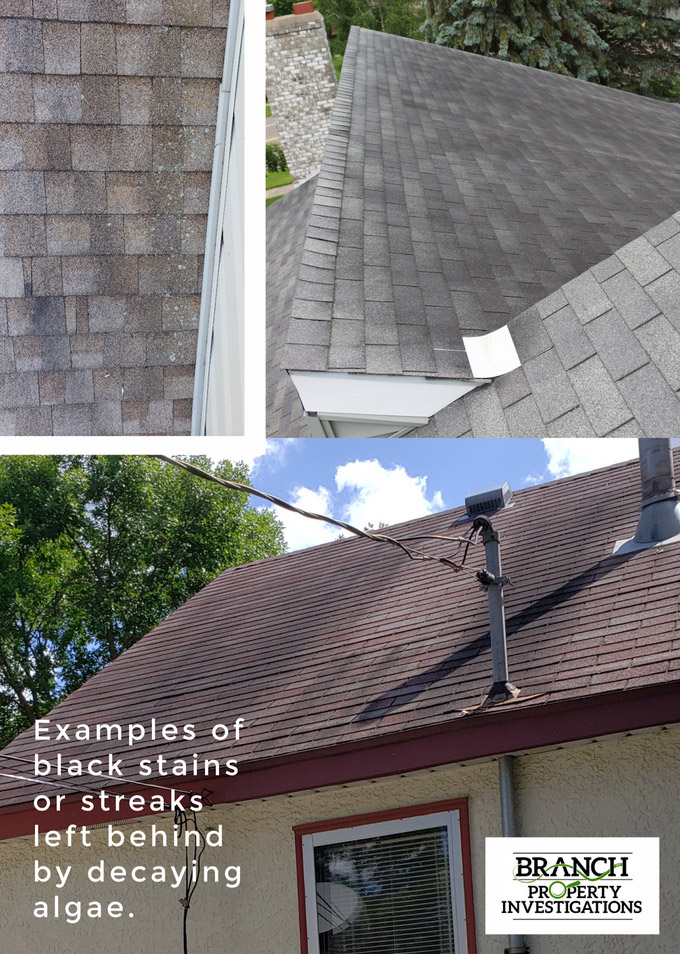
Besides the obvious eyesore that moss and algae can create, ignoring the problem can cause it to spread. The growth of moss and algae on your asphalt shingles can shorten the lifespan of your roof; the integrity of your roof is compromised as the algae eats away at the lime filler in the shingle. On a wood shake roof, the shingles will get eaten by the algae, leading to roof rot and shingle failure.
People often ask me if they need to invest in a new roof. Often the algae can be removed or cleaned and a new roof is not needed. However, waiting too long to address the issue can unfortunately cause a new roof to become a necessity.
How to clean your roof
If you opt to clean the moss or algae off your roof, I recommend using soap and water (not bleach) with a scrub brush. Having a professional do this is really the way to go because they are accustomed to walking on roofs (though safety harnesses should still be used.) Algae makes a roof slippery and so does the soap & water mixture.
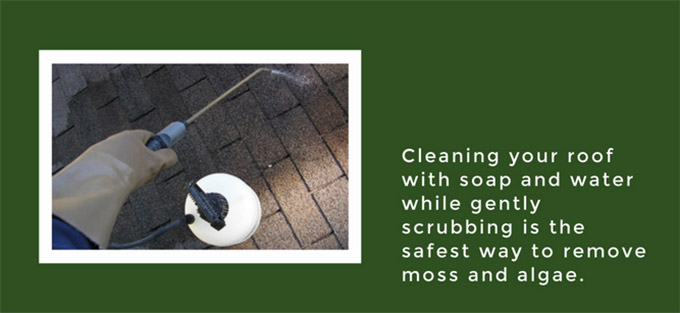
I do not recommend power washing your roof. While power washing can likely remove the algae off your roof, there’s also a strong chance that the power washing will also damage the granules on your shingles which will drastically lower your roof’s lifespan. Additionally, power washing can void some manufacturers’ roof warranties.
Do I need a new roof?
If you’re in the market for a new roof, there are companies that offer shingles with copper embedded into the shingle’s granules which prevent the growth of the algae. Here is just one example from a company offering a roof covering with “StreakGuard Algae Protection”.
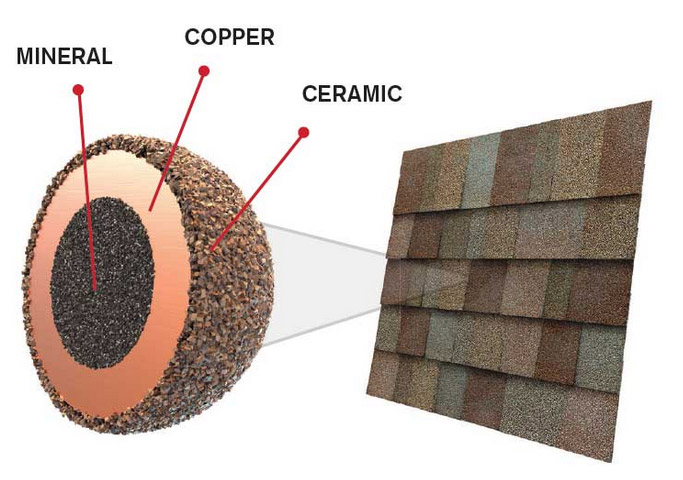
Once you’ve cleaned your roof, your best chance of preventing future algae growth is to invest in zinc or copper strips that are installed under the rows of shingles closest to your roof’s peak. As it rains, the rain transports the metal molecules down the sides of your roof which will kill, though not remove, preexisting algae.
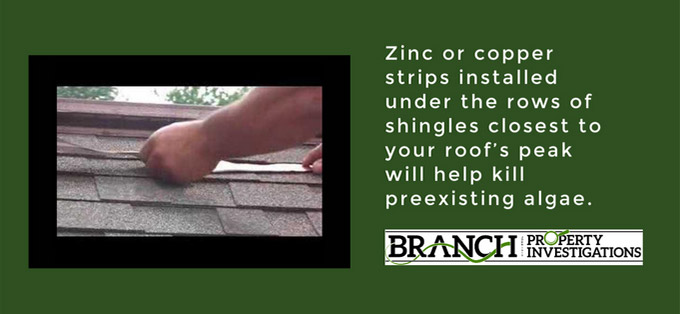
Schedule a roof inspection
Please contact Branch Property Investigations if you need assistance diagnosing a roof-covering issue or if we can help direct you to one of our trusted resource partners.
